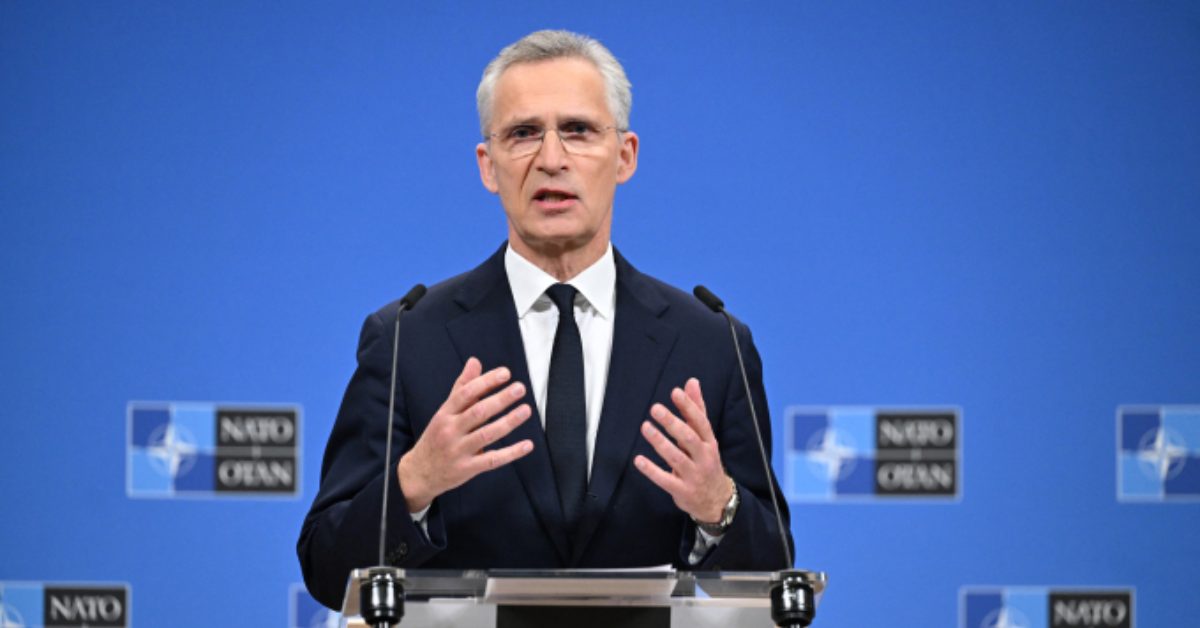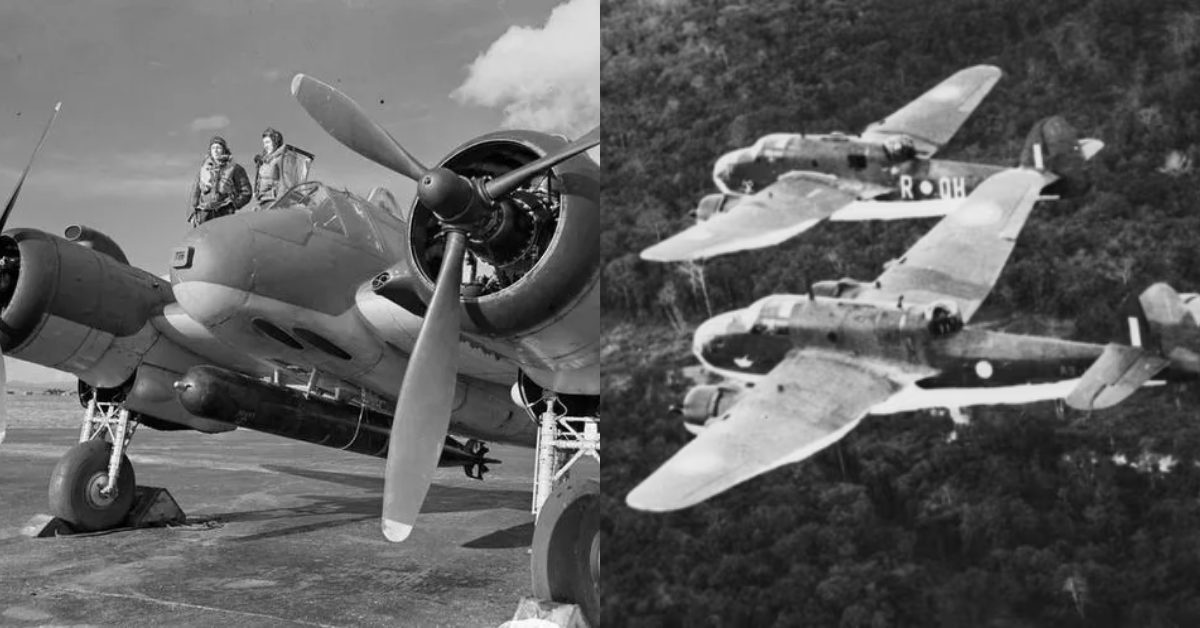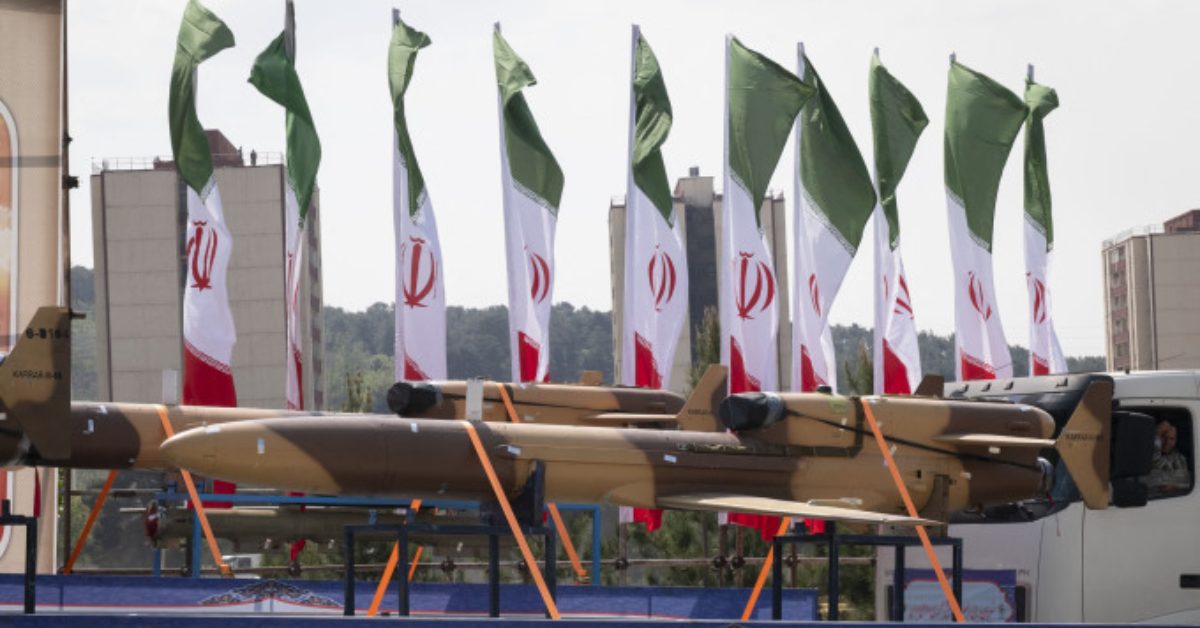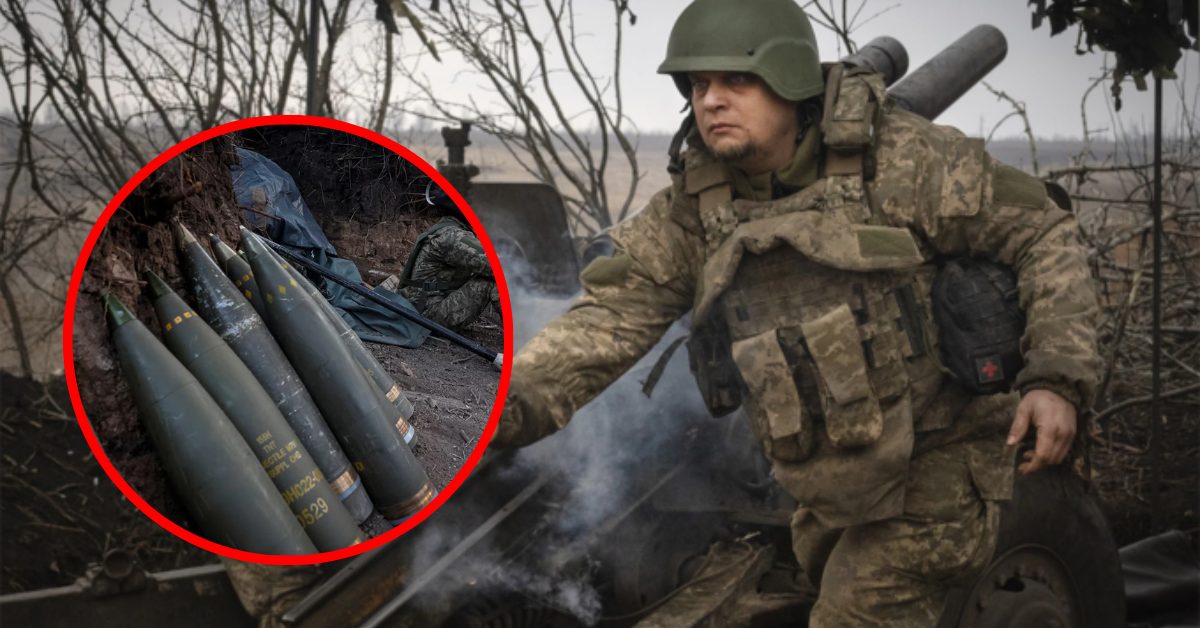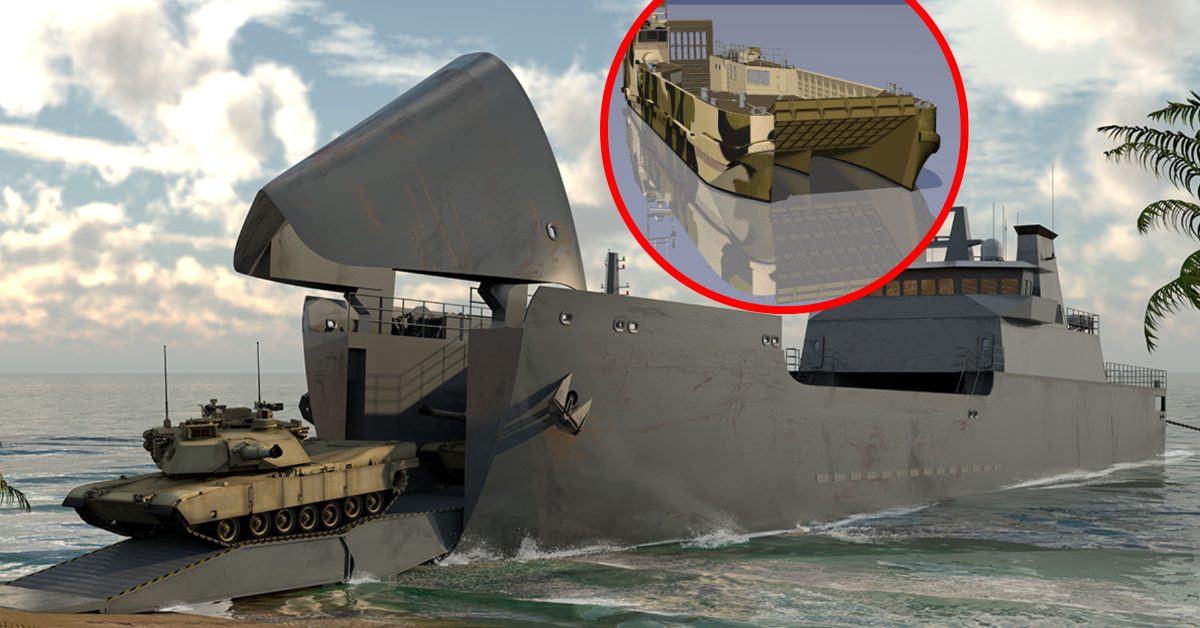On August 5, 1950, a Boeing B-29 Superfortress, operated by the US Air Force and carrying a Mark 4 nuclear bomb, crashed northeast of San Francisco, California. Of the 20 individuals onboard, 12 lost their lives, including Brig. Gen. Robert F. Travis, commander of the 9th Bombardment Wing. The incident also led to the deaths of seven people on the ground.
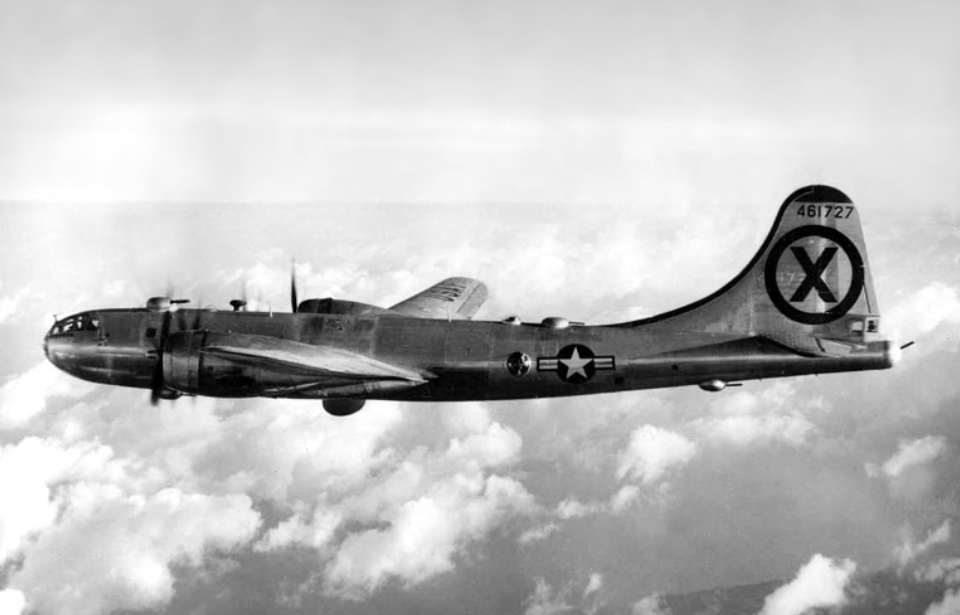
This is the story of the ill-fated flight.
Boeing B-29 Superfortress
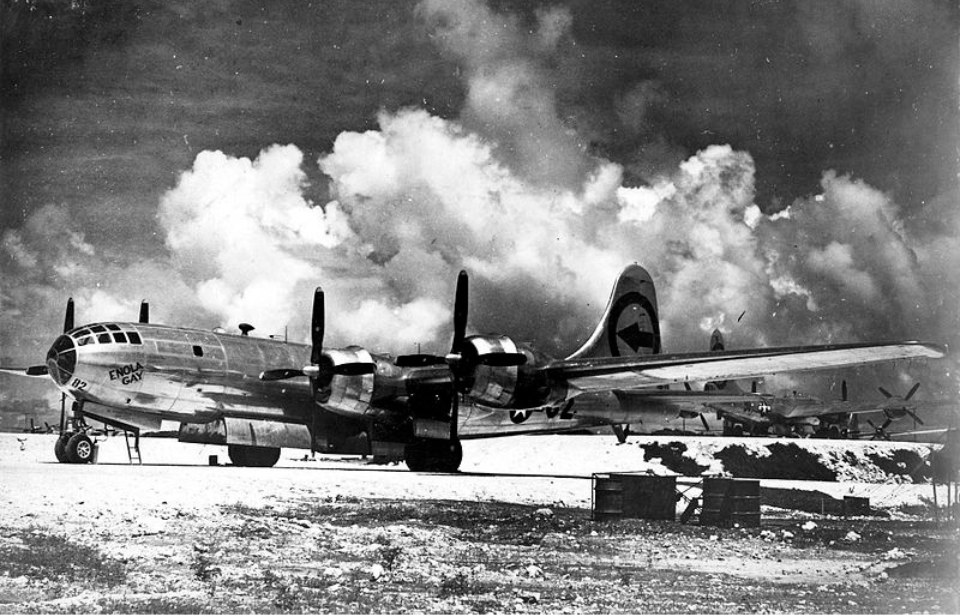
The B-29 Superfortress played a critical role in shaping the outcome of the Second World War. The first one took to the skies in September 1942, after which the aircraft was sent to Europe. Following Germany’s defeat, it saw action in the Pacific Theater.
The B-29 is perhaps most famous for its role in the atomic bombings of Japan. The Enola Gay dropped Little Boy on Hiroshima on August 6, 1945, while Bockscar deployed Fat Man over Nagasaki three days later. These events not only prompted Japan’s surrender, but cemented the B-29 into aviation history.
In July 1950, following the outbreak of the Korean War, 10 Silverplate (nuclear-capable) B-29s were sent to Guam as a deterrent to China, as it was believed the country might take the opportunity to move against Taiwan. The bombers were also there, in case they were needed in Korea. Each carried a Mark 4 nuclear bomb.
A Boeing B-29 Superfortress crashed in California
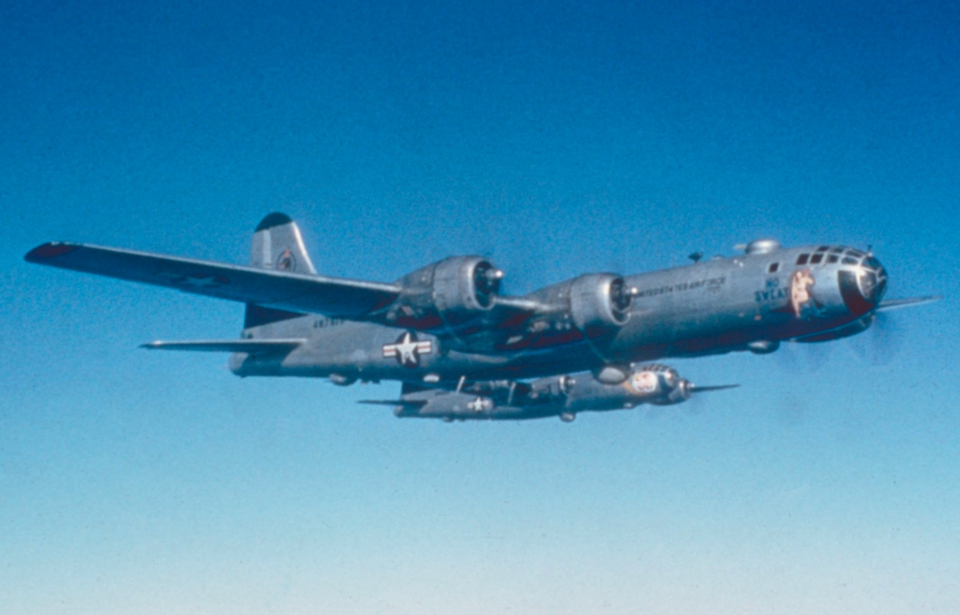
On August 5, 1950, 20 passengers and crewmen boarded a B-29 Superfortress at Fairfield-Suisun Air Force Base, California, one of them being Brig. Gen. Robert F. Travis. Also aboard was a Mark 4 nuclear bomb, which had had its radioactive core removed.
The bomber started down the runway, reaching 125 MPH about three-quarters down the 8,000-foot tarmac. Suddenly, with all of the propellers maintaining 2,800 RPM, the one being operated by the No. 2 engine shot up to 3,500 RPM. The pilot attempted to correct this by feathering, and, reaching 155 MPH, the B-29 took off. However, the No. 3 engine’s propellor also shot up to 3,500 RPM.
To maintain airspeed, the pilot attempted to retract the landing gear, but was unsuccessful. The aircraft’s speed was reduced to 145 MPH. As the bomber wasn’t high enough to clear the terrain ahead of it, the pilot turned around for an emergency landing. While the crew tried to maintain altitude, the B-29 made contact with the ground, striking it at 120 MPH.
The B-29 broke apart and burst into flames. While the escape hatches were all jammed, the crew and passengers were able to exit through holes caused during the crash, as well as windows. Of those onboard, 12 died, with all but one suffering injuries.
Military police, firefighters, men from the air base bakeshop and spectators all ran to help. They were soon ordered to clear the area over fears that the 5,000 pounds of explosives in the Mark 4 would explode. None of them listened and continued trying to help.
Twenty minutes after the crash, the explosives detonated, creating a crater that was 20 yards wide and six feet deep. It also spread the wreckage and fuel over a two-square-mile area. Seven people on the ground were killed.
Aftermath of the devastating crash
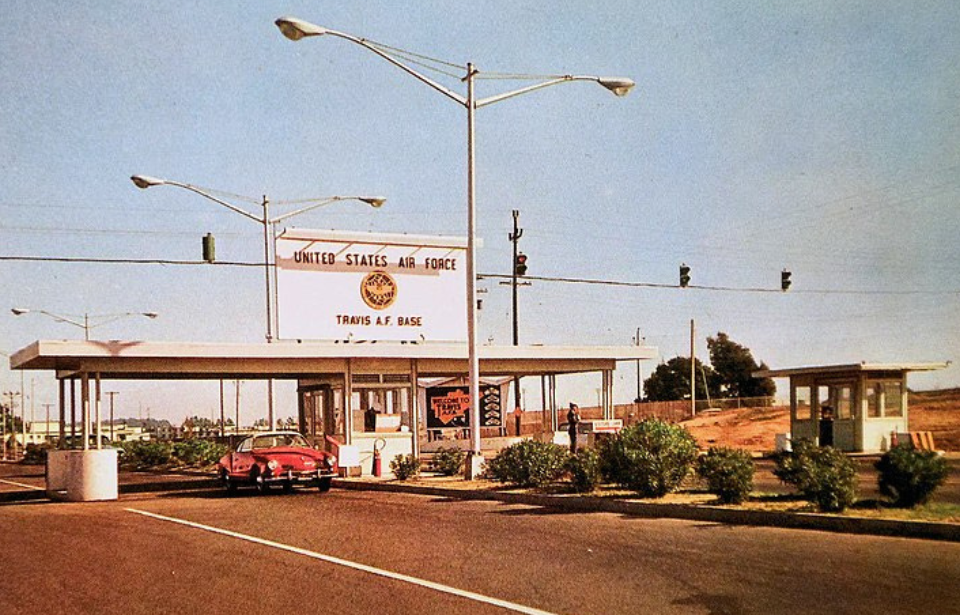
An official investigation occurred after the fact and found that there had been problems with the B-29 Superfortresses’ engines. An issue had been reported previously and was supposed to be fixed; however, with the engines destroyed and the groundcrew who’d worked on the aircraft dead in the blast, the investigators couldn’t say whether or not it had been fixed.
The crash resulted in changes made to the B-29 operating procedures, with regulations being put in place to ensure all aircraft with the same type of propeller were test-flown after undergoing maintenance.
The greatest legacy of the crash was the renaming of Fairfield-Suisun Air Force Base to Travis Air Force Base, after the brigadier general who perished in the incident. This change was made on October 20, 1950, with a formal renaming ceremony taking place on April 20, 1951.
It wasn’t until 1994 that it was revealed that a nuclear bomb had been onboard the B-29. A public health assessment took place and found that there were no detectable levels of uranium, and the crash site was deemed safe.
